This article is part of FT Globetrotter’s guide to Zürich
No doubt many ski trips for FT readers have begun in Zürich. But how many Zürich trips, for business or pleasure, have ended in a little skiing?
Yes, ordinarily ski holidays involve faff and planning. But from Zürich, spending a few hours gliding down mountain slopes can also be accomplished on a whim. Switzerland’s superb trains can get you quickly to a number of resorts from the main station in the city centre. And in my experience, ski and equipment rental is usually hassle-free when you get there.
So if you find yourself with a spare afternoon after your work visit, a Sunday free before your flight home or a spare day on your city break . . . why not?
There are more than a dozen or so resorts easily reachable from Zürich on public transport (or by car) in two hours or less. Here are three that are tried and tested — all perfectly reasonable propositions for a day of fun in the mountains — and representative of what you can expect.
Flumserberg
-
Altitude: 1,400m–2,200m
-
Pistes: 65km
-
Travel time from Zürich: 1 hour
-
Good for: Family-friendly ski runs
-
Not so good for: Alpine peace
-
Best lunch spot: Alprestaurant Panüöl
-
Day pass: Adult, SFr68 ($79/£62); child, SFr34 ($40/$31)
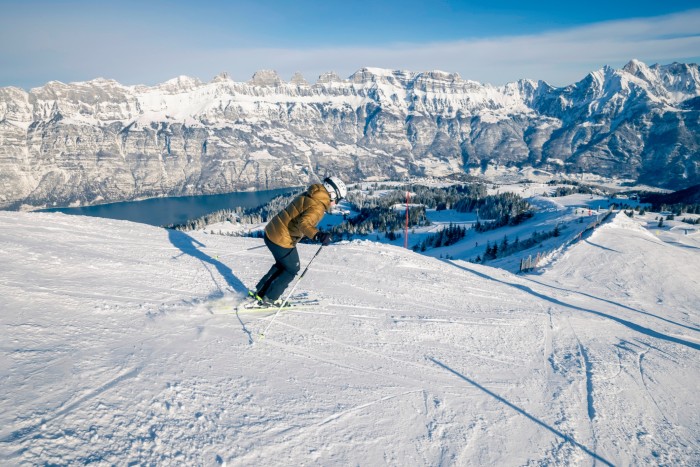
Flumserberg is the easiest to reach of all the ski resorts on Zürich’s doorstep. What it lacks in frills it beats with convenience. A short train ride of 60 minutes from Zürich’s central station (with one, hassle-free interchange at Ziegelbrücke — this is Switzerland, so it all works effortlessly) takes you to the valley gondola at Unterterzen, from where ski passes can be purchased. After a 15-minute flight up the mountain, skis, boots and clothing can be easily rented from the Intersport outlet at Tannenboden, where most of the pistes terminate.
The snow at Flumserberg is, surprisingly, pretty reliable, if at times slushy thanks to overuse (and warmer temperatures on the lower slopes).
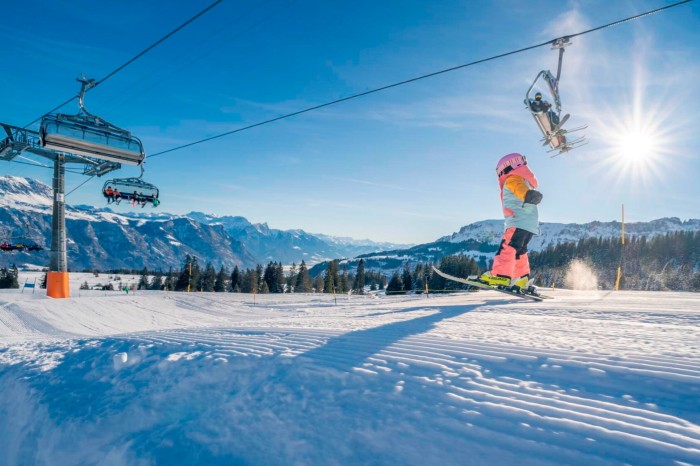
For a day, or an afternoon, there’s plenty to ski, and if you have a family, or mixed-ability group in tow, then the range of different slopes — some easy blue runs and none-too-challenging reds — means everyone is catered for. Head up to Leist by chairlift, the highest peak in the resort, for the best skiing: three moderate black runs take you down from the top.
The main drawback of Flumserberg is its popularity. Weekends at the height of the season can get unpleasantly crowded. Although there is hardly ever any waiting around of note for the lifts, the piste quality suffers after a few days without fresh snow.
Eating and drinking
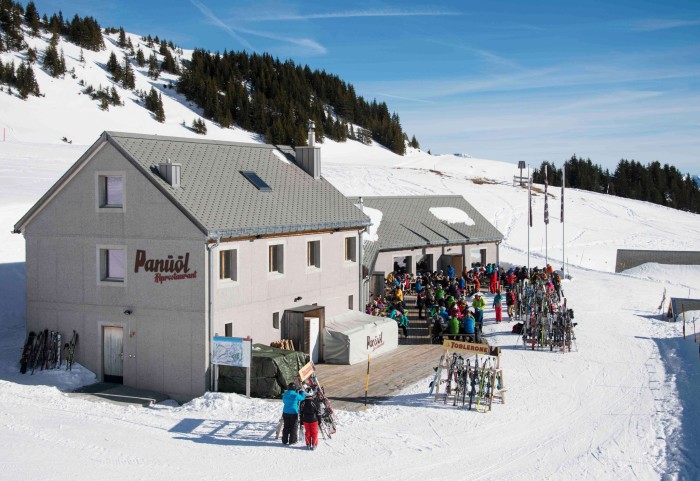
For lunch, the best spot is Alprestaurant Panüöl, which has a big sun-soaked terrace that is ideal for blue-sky days. The menu is a limited but perfectly formed selection of Swiss mountain classics to satisfy your ski hunger that you won’t find so easily in the city: Käsehörnli (pasta gratin with local cheese, almost always served with apple purée and crispy onions); Gschwellti (potatoes with various cheeses, creams and condiments); Chriesibrägel (stewed cherries with sugary croutons); Rheintaler Türggäribel (how to explain? Fried polenta crumbs usually served with apple purée. A rusticated mountain apple crumble, of sorts.)
Bergrestaurant Chrüz is also worth a stop, particularly if you happen to be skiing on a Friday. There’s live music from 4pm onwards (lifts stop at 4.30pm but it’s only a short ski down to the Tannenboden base station) and it’s usually fun. Feel free to join in the yodelling. Other guests often do.
Pizol
-
Altitude: 1,350m–2,220m
-
Pistes: 50km
-
Travel time from Zürich: 1 hour 10 minutes
-
Good for: Easy ski-touring, gastronauts and non-skiing spa enthusiasts
-
Not so good for: Afternoon-sun seekers.
-
Best lunch spot: Mugghütte
-
Day pass: Adult, SFr64 ($74/£59); child, SFr32 ($37£29)
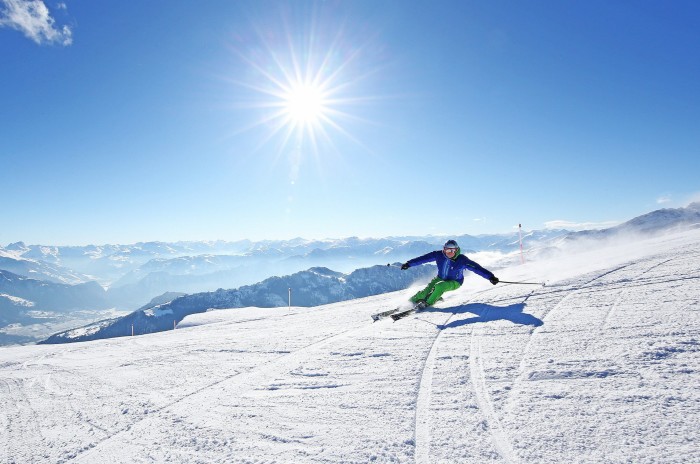
Pizol is a similar proposition to Flumserberg, but typically less crowded, and despite its small size tends to attract a slightly more adventurous crowd as a result — perhaps also because there is a lot of accessible off-piste terrain to ski. For an afternoon, it’s great for a bit of ski-touring: a straightforward route takes you from the Pizolhütte at 2,220m to the top of Pizol, the mountain itself, at 2,844m.
Getting there is also a doddle. Catch the train from Zürich Hauptbahnhof direct to Sargans, and then hop on a connecting ski-friendly bus (timed to coincide with train arrivals and every bit as reliable) for a 10-minute ride to the bottom of the Furt gondola. Skis and equipment are easy to rent at the top from Sportshop Wachter, in the gondola lift building.
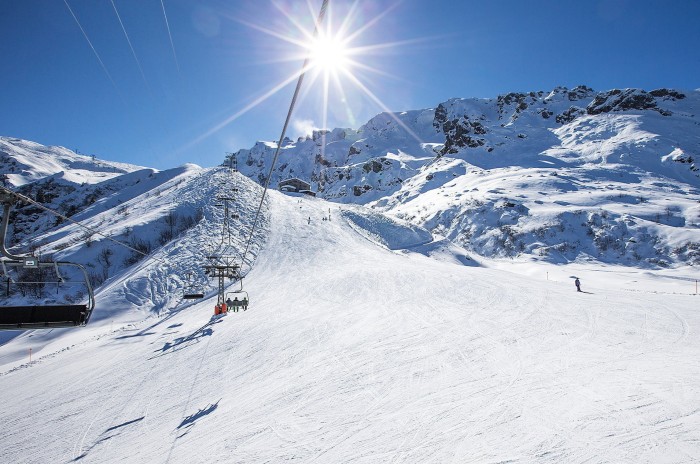
The views of the lowlands are fabulous, with Vaduz, the diminutive capital of Liechtenstein, visible opposite, and the upper Rhine Valley opening out beyond towards Lake Constance, Austria and Germany.
Eating and drinking
For eating, I recommend Mugghütte: a Käsespätzle (more gratinated cheesy pasta) and Schnitzel Cordon Bleu joint, but with a big terrace and a decent wine list. Beware, though: being almost entirely north-facing gives Pizol good snow but also means that the sun sets on most slopes pretty early — not much past 2.30pm early in the season.
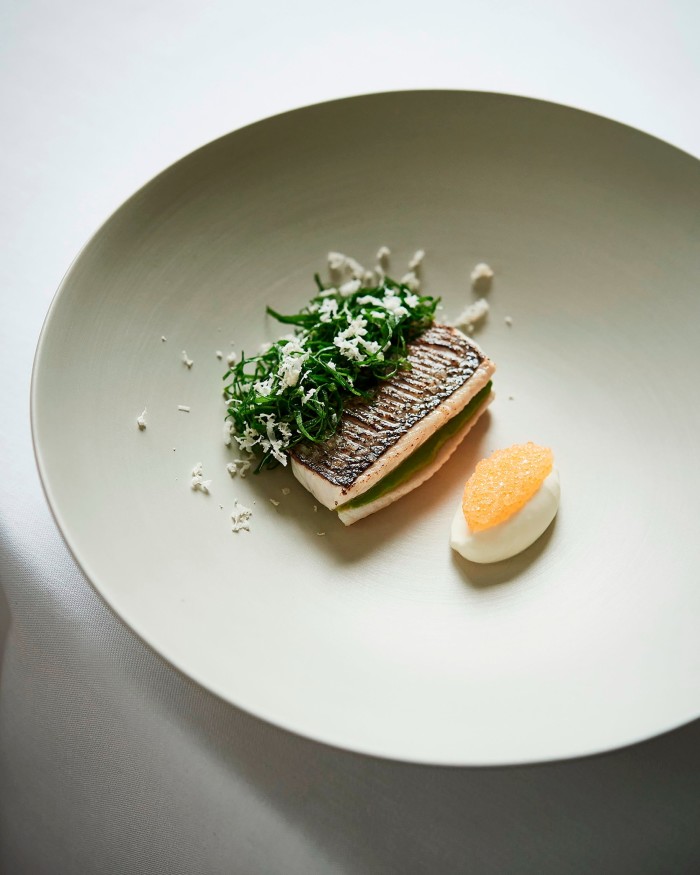
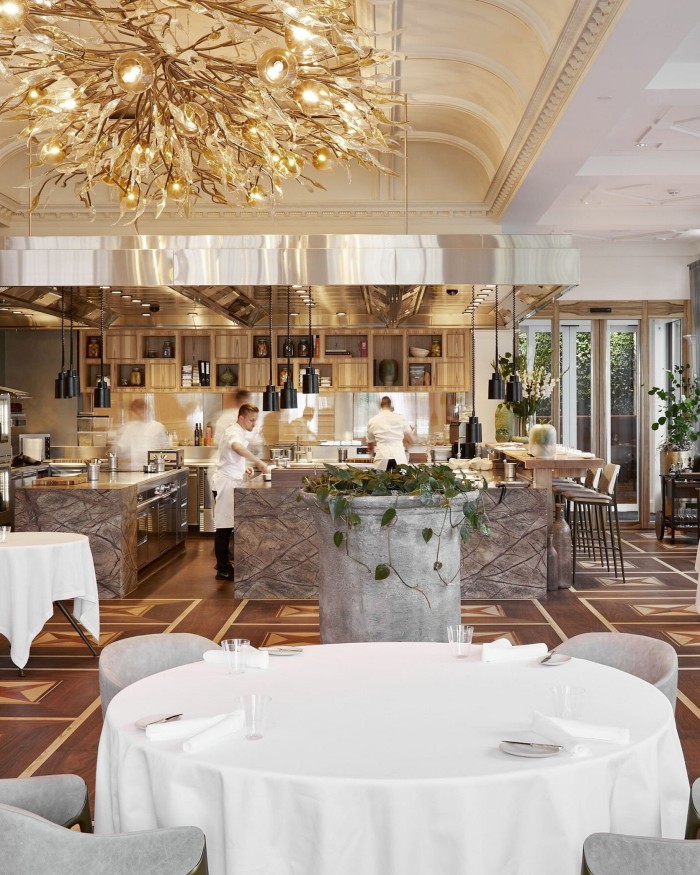
For more serious dining, some (perhaps following a full morning of skiing) may wish to venture down into the neighbouring town of Bad Ragaz, reachable by gondola. (You can also start your day here by catching a different bus from Sargans station in the morning.) The three-Michelin-starred Memories is in town, as well as the two-Michelin-starred Igniv and one-Michelin-starred Verve (book well in advance for all).
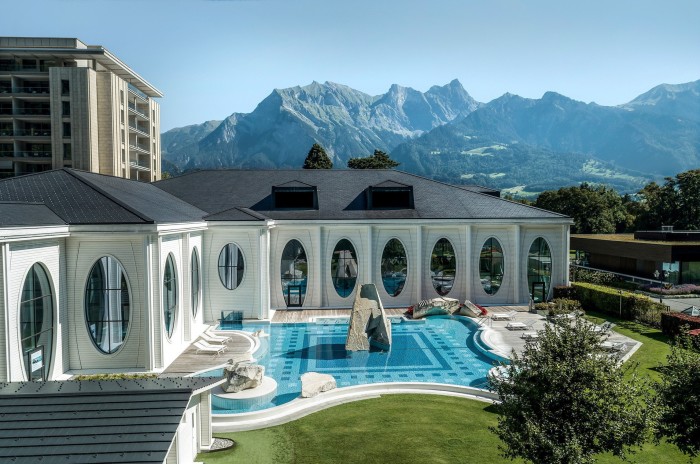
Bad Ragaz, as its name suggests, is also a spa town — and thus perhaps a perfect spot to drop off non-skiing spouses, relatives or friends. The Grand Resort Bad Ragaz is one of the most garlanded spa-hotels in Europe. The adjoining Tamina hot baths are open to the public — SFr75 ($87/£69) weekdays and SFr82 ($95/£75) weekends for a day pass, including sauna.
Andermatt
-
Altitude: 1,450m-2,960m
-
Pistes: 180km
-
Travel time from Zürich: 2 hours
-
Good for: Reliable snow, serious skiing
-
Not so good for: Anything less than a day, given the journey time
-
Best lunch spot: The Japanese by The Chedi at Gütsch
-
Day pass: Adult, SFr89 ($103/£81); child, SFr45 ($52/£41)
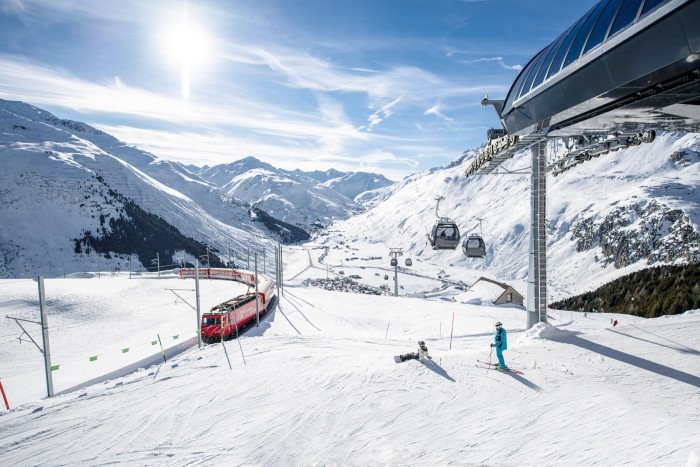
There many resorts that are closer to Zürich than Andermatt, but few that offer quite the range of its skiing and its quality. There is certainly far more than a day’s worth here. The conjoined Andermatt-Sedrun-Disentis resort is also one of the most reliable places for snow in the Alps (according to the latest Savills Ski Resilience report).
Stunning scenery makes the two-hour train ride from Zürich go quickly. It’s a long day, yes, but perfectly doable to be on the slopes by 10am and back in Zürich by 7pm, or perhaps later if you stay in the mountains for dinner.
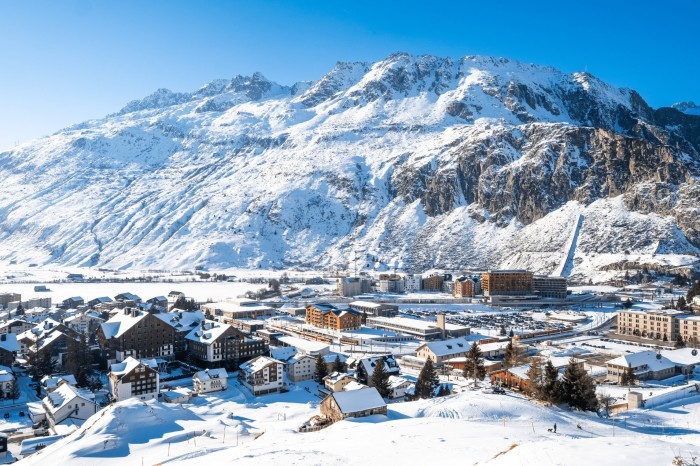
A former military reserve, Andermatt has changed a great deal in the past five or so years, since the Swiss government began selling off land and encouraging development. The ultra-luxurious Chedi hotel — which aspires to rival the traditional grand establishments of the Swiss Alps in St Moritz and Gstaad — has been the centrepiece of the transformation of the sleepy village. The US’s Vail Resorts took over Andermatt’s lift company in 2022, bringing a wave of new American visitors.
For adrenalin enthusiasts, the Gemsstock, with its two glaciers, has plenty of on- and off-piste fun. A long stretch of blue and red runs zigzagging along the southern slopes of the Oberalp Pass, where the Rhine has its source, offers plenty for everyone else.
Eating and drinking
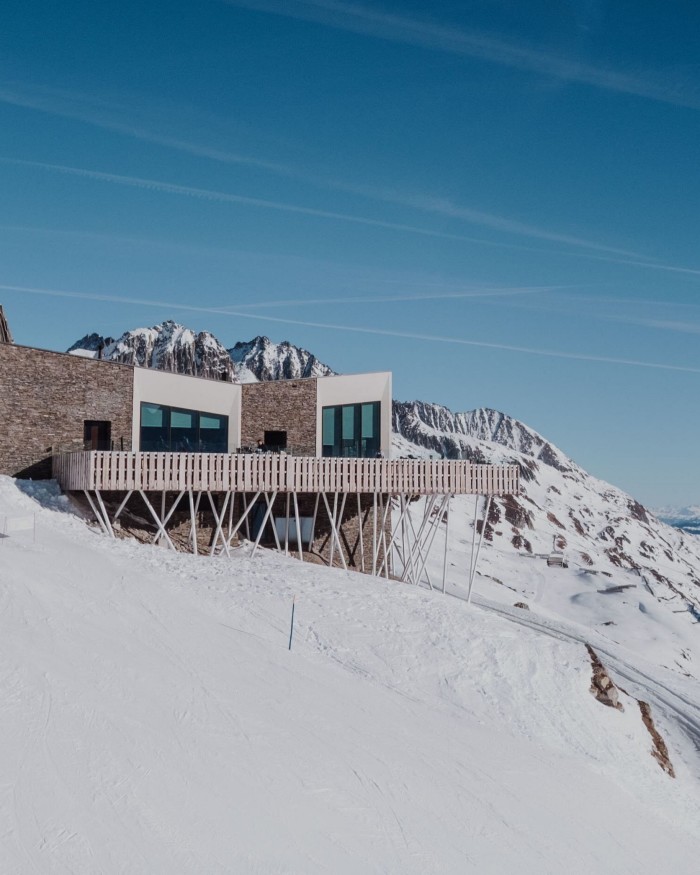
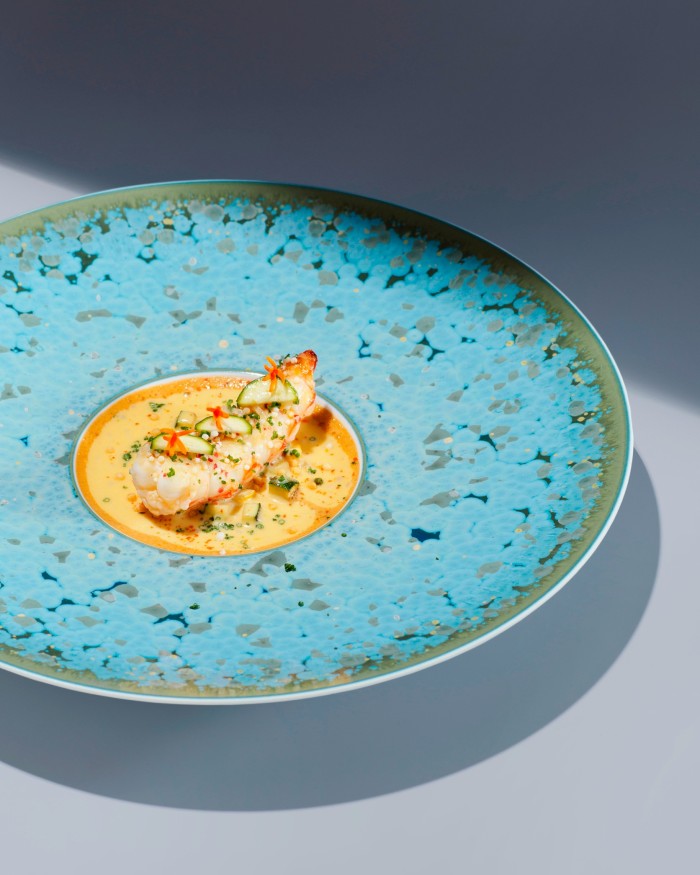
For lunch, the one-Michelin-starred The Japanese by The Chedi Andermatt — the hotel’s mountain restaurant (2,300m) at the top of the Gütsch gondola — is the antidote to all those cheese-heavy meals your Swiss sojourn has so far forced upon you. But that does this place a bit of a disservice: in its own right, it is probably one of the best Japanese restaurants in Switzerland, if not Europe. And it comes with a stunning high-alpine panorama, which can be enjoyed on the terrace itself or from the spare but mellow dining room. The service is impeccable, right from the moment they give you little slippers to wear, should you wish, when you walk in. There are top-quality sushi and sashimi options, as well as bento boxes. The five-course omakase menu is a joy. Just don’t expect to do much skiing afterwards — especially if you’ve taken an equally panoramic tour of the sake menu. And the wine library.
One great, heart-rending disappointment on my last trip to Andermatt in December: the ski train that sinuously shuttles visitors back from the eastern end of the resort at Disentis — a spectacular route of pristine deep slow and isolated peaks — no longer has its magical bar car. Dancing in snow boots to trash ski Schlagermusik, speeding homeward on rails, shots served by Victor, with the last of the sun gilding darkening peaks as they flitted behind huge scenic windows, was my platonic ideal of après-ski fun. Bring it back, Andermatt.
Tell us about your favourite ski resort near Zürich in the comments below. And follow FT Globetrotter on Instagram at @FTGlobetrotter
Cities with the FT

FT Globetrotter, our insider guides to some of the world’s greatest cities, offers expert advice on eating and drinking, exercise, art and culture — and much more
Find us in Zürich, Paris, New York, Copenhagen, London, Hong Kong, Tokyo, Rome, Frankfurt, Singapore, Miami, Toronto, Madrid, Melbourne, Milan and Vancouver


